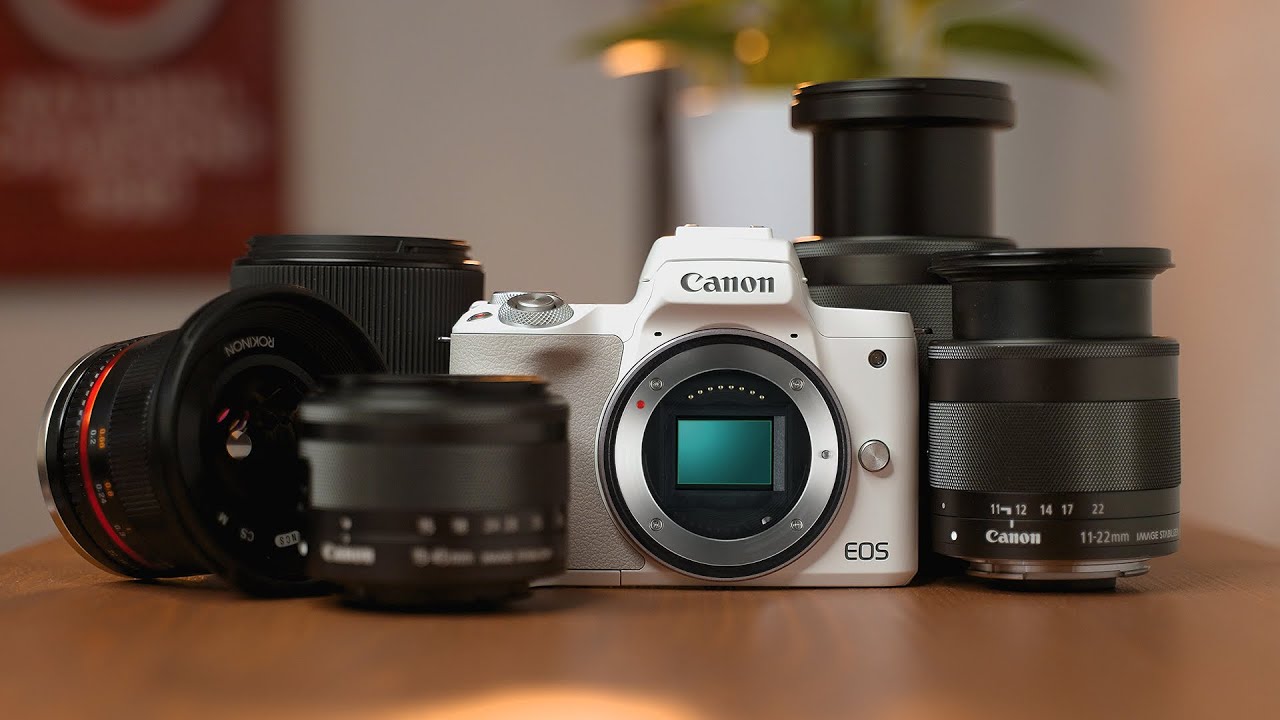Navigating Camera Settings Perfect Portrait Photography
Summary of Video Transcript for camera settings portrait photography.
The Essentials of Camera Settings Portrait Photography
Mastering the ideal camera settings portrait photography, especially in natural light, can be challenging. This guide offers a refresher with enhanced visual examples to assist budding photographers in navigating through the intricate world of camera settings.
Understanding Core Settings:
1. Shutter Speed:
- Determines the duration the camera’s shutter remains open.
- A faster shutter speed freezes movement, whereas a slower one introduces motion blur.
2. Aperture:
- Regulates the amount of light entering the lens.
- A fast aperture (e.g., f 1.2 or f 1.4) allows more light and offers pronounced background blur, while a slower aperture (e.g., f 5.6 or f 8) reduces both light intake and background blur.
3. ISO:
- Adjusts image brightness.
- Higher ISO settings can lead to grainier images. For outdoor settings, keeping ISO around 100 ensures clearer shots.
On-Location Practical Insights:
- For shaded environments, lower the ISO to its minimum and adjust the shutter speed to get the right exposure.
- When the subject is backlit, slightly underexposing can help retain highlight details.
- Depth of Field enthusiasts might prefer apertures like f 1.8 to achieve blurred backgrounds or bokeh.
- In direct, harsh sunlight, modify settings to prevent overexposure and ensure the subject’s facial details remain clear.
Implementing the Knowledge:
Adopt a strategic approach when adjusting camera settings. Think of it in terms of aperture priority. For instance, if the desired effect is maximum background blur, set the aperture to its widest possible (e.g., f 1.2) and tweak shutter speed and ISO accordingly.
In the realm of photography, understanding the correct settings for different scenarios can be a game-changer. This article is a guide for those delving into portrait photography, especially outdoors in natural light.
Key Settings Explained
1. Shutter Speed:
- Defines how long the camera shutter remains open to allow light onto the camera sensor.
- Fast shutter speeds freeze movement while slower speeds can introduce motion blur.
2. Aperture:
- Determines the amount of light entering the lens.
- Faster apertures (e.g., f 1.2 or f 1.4) result in more light intake and increased background blur, ideal for portrait photography.
- Slower apertures (e.g., f 5.6 or f 8) reduce light intake and decrease background blur.
3. ISO:
- Influences the brightness of images.
- Higher ISO values can lead to grainier photos. For outdoor portrait photography, it’s often best to keep the ISO low (around 100) to achieve cleaner images.
On-location Settings Adjustments
When in Shade:
- Adjust the ISO to its lowest, typically around 100.
- Modulate the shutter speed to balance the exposure.
When Backlit:
- Consider slightly underexposing your shots to retain detail in the highlights.
For Depth of Field:
- To achieve a nice bokeh, or blurred background, use an aperture like f 1.8.
In Direct Harsh Sunlight:
- It’s crucial to adjust the settings to capture detail without overexposing the subject.
Closing Thoughts
Harnessing the power of shutter speed, aperture, and ISO in portrait photography can transform the outcome of your shots. The joy of photography comes from experimenting, understanding, and applying these settings in various real-world situations. Always remember, while guidelines are essential, the best teacher is experience.
Remember to explore other photography tutorials and weekly content to dive deeper into the vast world of photography. Understanding the camera settings for portrait photography isn’t just about technical know-how but also about the artistic touch you want to introduce to your photos. For more tutorials, feel free to browse through the channel’s extensive video collection.












